The late Christopher Lee (Dracula, LOTR and Star Wars) once responded to media reports claiming he was heavily involved in the occult,
“I have maybe four of five books. I’ve met people who claimed to be Satanists; who claimed to be involved with black magic; who claimed that they not only knew a lot about it, but I certainly haven’t been involved in it – I warn all of you never, never, never. You will not only lose your mind, you’ll lose your soul. I don’t have a big library. No, No. Look the internet, and the media, if they can’t think of something to do they invent it.”
Omission often conjures up an immediate emotional response. As with Lee’s testimony, certain facts are strategically omitted from a story in order to present that story in a certain light.
This connects with Jacques Ellul’s concept of ‘organized myth’ in the field of manipulative propaganda and its progenitor “fake news”.
When faced with any information that takes the form of propaganda, Ellul writes, we need to ask whether or not ‘organized myth is trying to take hold of us, in order to invade every area of our consciousness?’
If so we’re being bombarded with the kind of information that is designed to ‘stimulate a feeling of exclusiveness, that produces a biased attitude’ along with it. (Ellul, Propaganda, 1965:11)
Not all cases of omission are part of the ‘organized myth’ megaphone. Not everything left out is an indicator of “fake news.”
Leaving out certain facts or viewpoints is sometimes unavoidable. No one can know all the facts as a situation is unfolding. Nor is every media outlet powered by the same reach, with boots on the ground, and not all have equal access to primary source material.
There’s also limited space available to communicate a wide range of key information. That limitation worsens as attention spans wane in the West. Thanks in part to the “stuff the verse, I only care about the chorus” approach to life, which is bolstered by the structure and pace of social media within the technological society.
Ellul would agree that “fake news” sows the seeds of ‘organized myth.’
“Fake or fabricated news” excites readers and viewers. Omission can translate into increased influence and even bigger dollars because half-truths sell.
In an industry overflowing with competition, constant information, and an audience who generally reads headlines, not articles, truth-telling suffers.
One potential example of this comes from early June, when at the height of enthusiasm for the Black Lives Matter movement, the ABC ran an article appearing to push an ‘organized myth’, by omitting key information from a “push” to remove a monument of Australia’s first Prime Minister, and founder of federation, Sir Edmund Barton.
An Indigenous Australian woman was petitioning for the statue to be ditched from Port Macquarie’s Town Green foreshore, on the claim that Barton ‘represents racism’ and that the statue was ‘located on an ancient aboriginal burial site.’
The ABC article omitted that most of Port Macquarie’s foreshore is reclaimed swampland; that the statue is located on, or nearer to that reclaimed land, and is about 20 meters away from the alleged burial site.

The article also failed to mention that an historic hotel and council car park/town center were also close by, and that artworks in the Hastings region, recognizing Indigenous Australian history, outnumber those recognizing European Australian history.
Also omitted: the alleged 1000+-year-old burial site itself is respectfully recognized, well looked after, and zoned off for preservation.
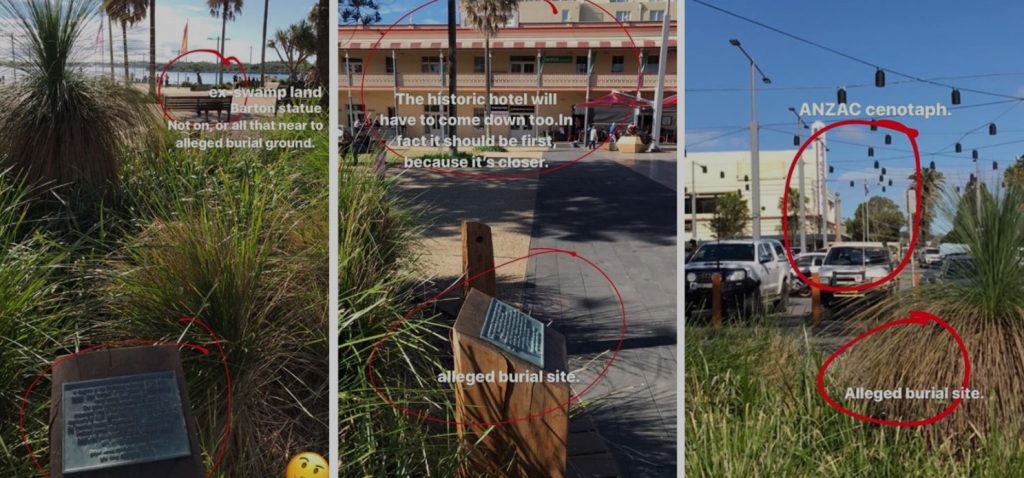
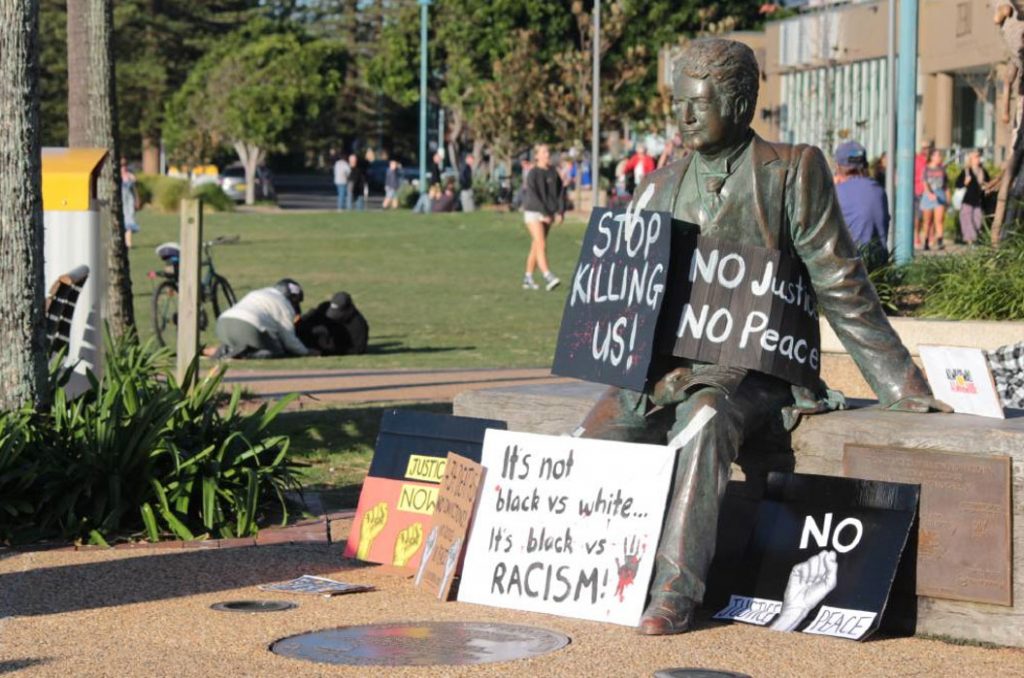
Given the political climate, the ABC seems to have been openly harbouring ethnic tension, and division. Omitting key bits of information can’t easily be dismissed, largely because the article came from the local Mid North Coast branch.
If the master of manipulative propaganda is political indoctrination, then the Australian Broadcasting Corporation needs to answer some hard questions.
They have over $1 billion in taxpayer funding, there’s no excuse for sloppy, or limited source material reporting. So why is the ABC flirting with omission?
Why, when it comes to important national issues, and debates, do they appear to be perpetuating an ‘organized myth’ through a pattern of one-sided reporting?
Rita Panahi noted another example. The ABC left out the mentally handicapped part when reporting on a man who recently threw a passing racial slur at legendary Indigenous Australian actor, Ernie Dingo. A ‘key detail’ that was lost in the ABC’s apparent sadistic celebration of the B.L.M movement, and Ernie Dingo’s assault on the man.
In recent years, Andrew Bolt and Jo Nova have both cited examples where the ABC has flirted with omission, noting the ABC’s unwillingness to allow dissent on Climate Change et.al.
…lies by omission, and selective, biased editing, is permitted by a network of government funded agencies. It starts with scientists being funded to find a crisis, who selectively don’t publish inconvenient papers. Then that bias is spread by a media outlet that won’t publish expert whistleblower complaints. Then that bias is protected by a media regulator… (Nova)
Of course, the ABC isn’t alone. As Nova pointed out with regards to the Sydney Morning Herald in 2014,
rather than talking about possibilities that scientists are discussing, it was more important to remind SMH readers that Prime Minister Abbott once said climate change was “absolute crap”.
The ABC’s pattern of omission hinders its credibility. That a pattern of omission exists indicates that the tax-payer funded organization is not serving in the interests of all Australians.
I still think the ABC is an important part of Australian society, however, it’s a position I’m being forced to reconsider because of how imperative it’s become to separate the sacred from surreptitiously spurious.






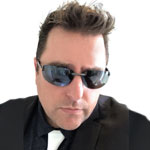





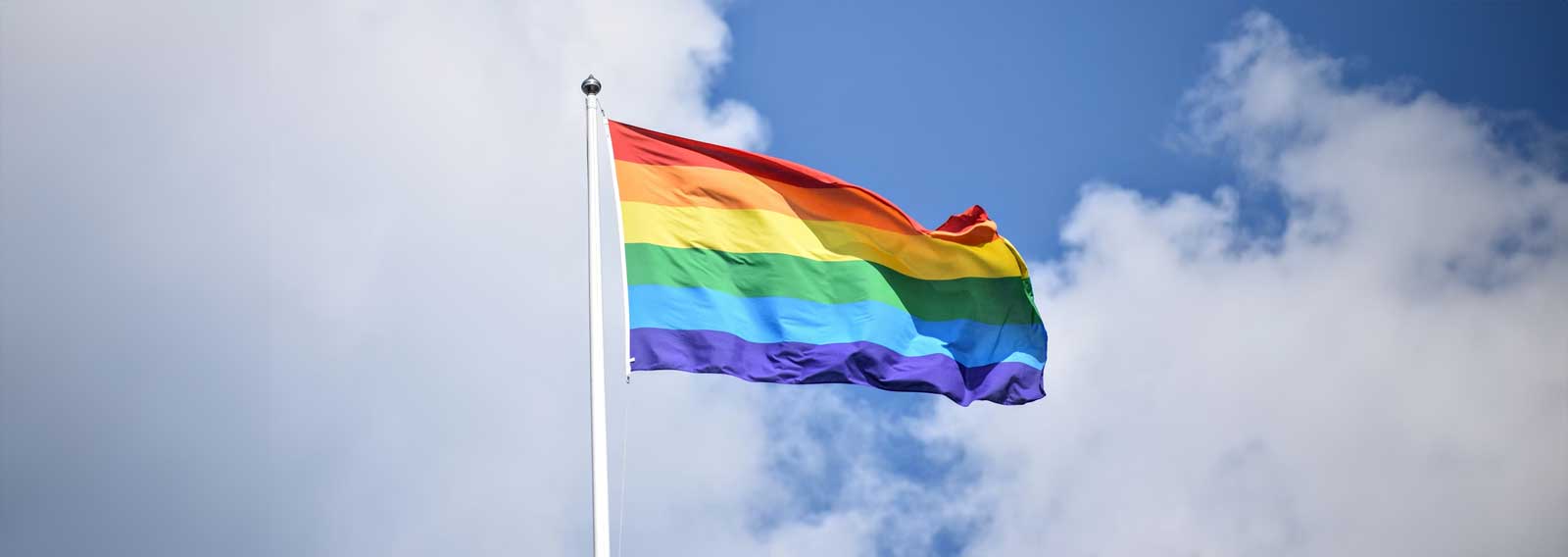

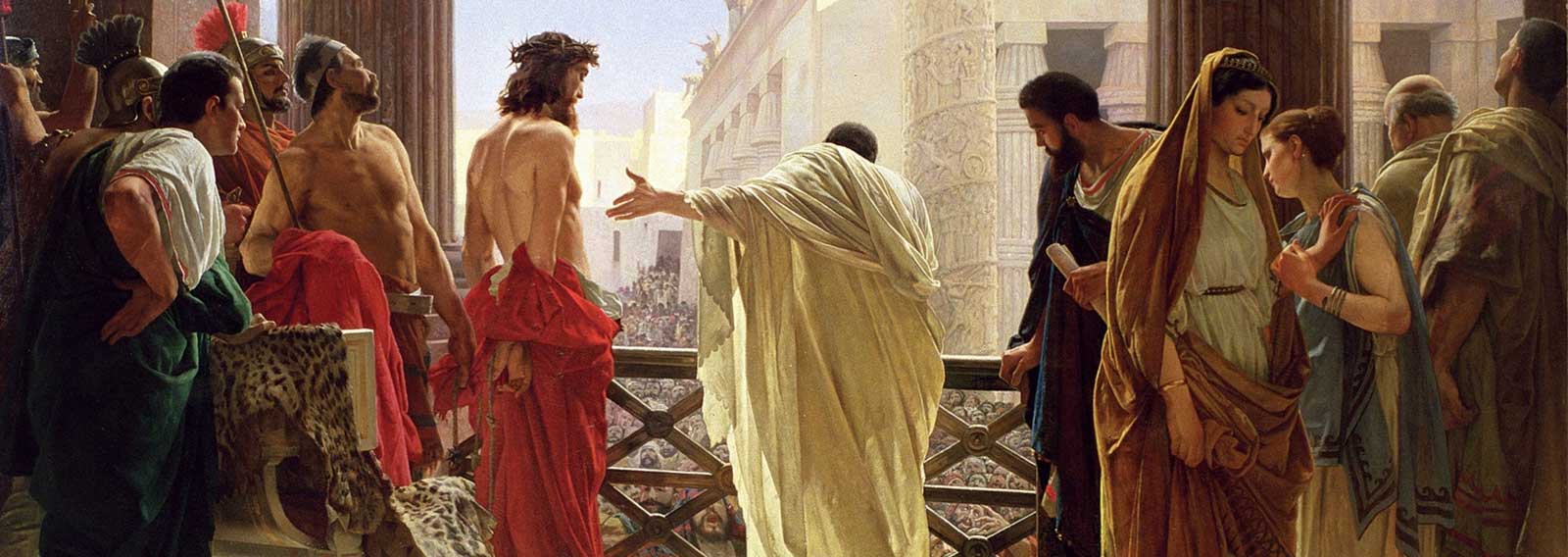



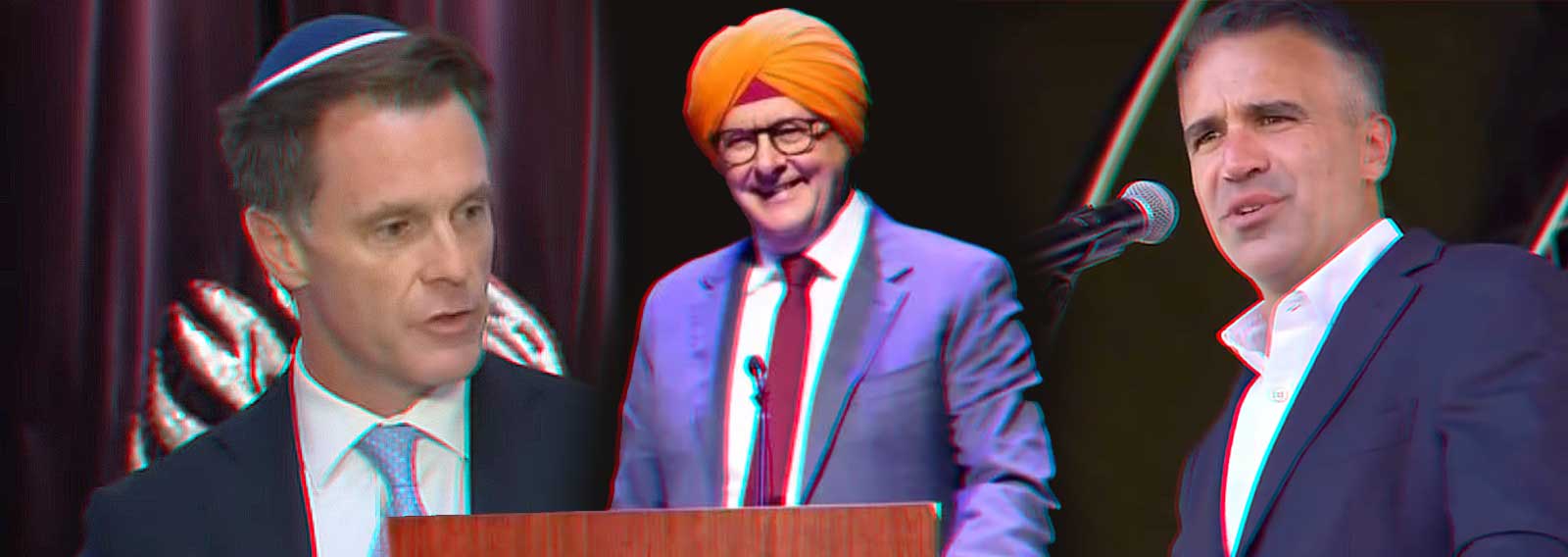
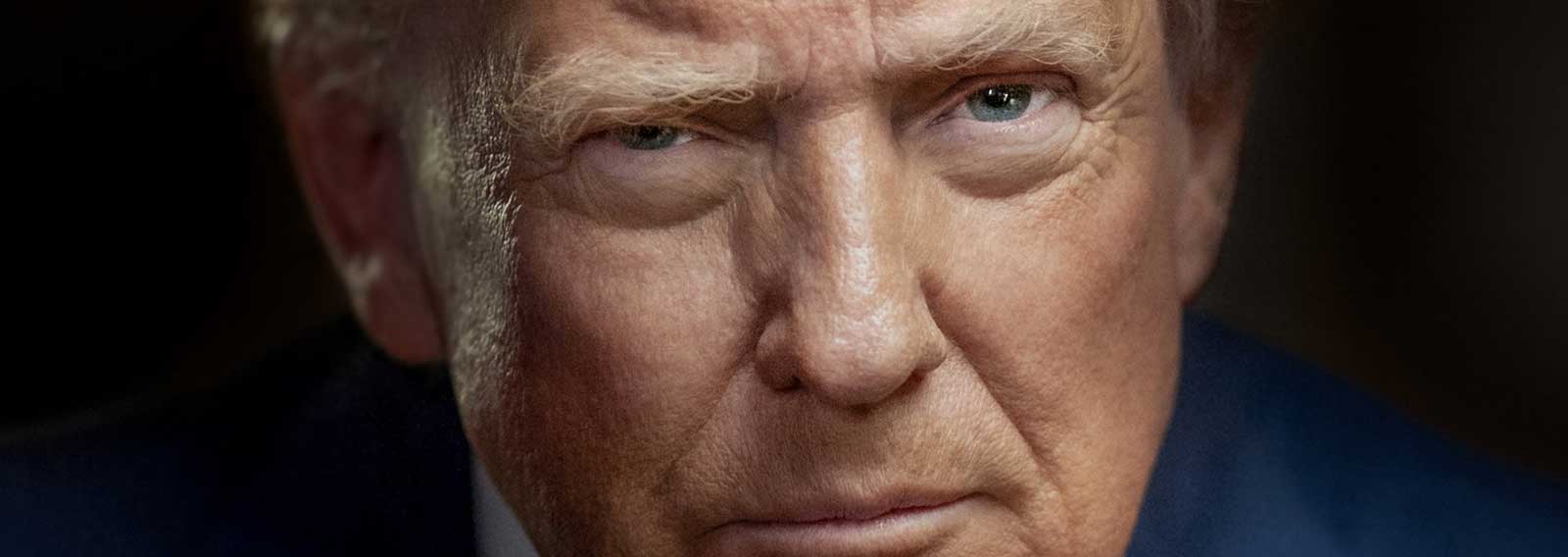



You must be logged in to post a comment.